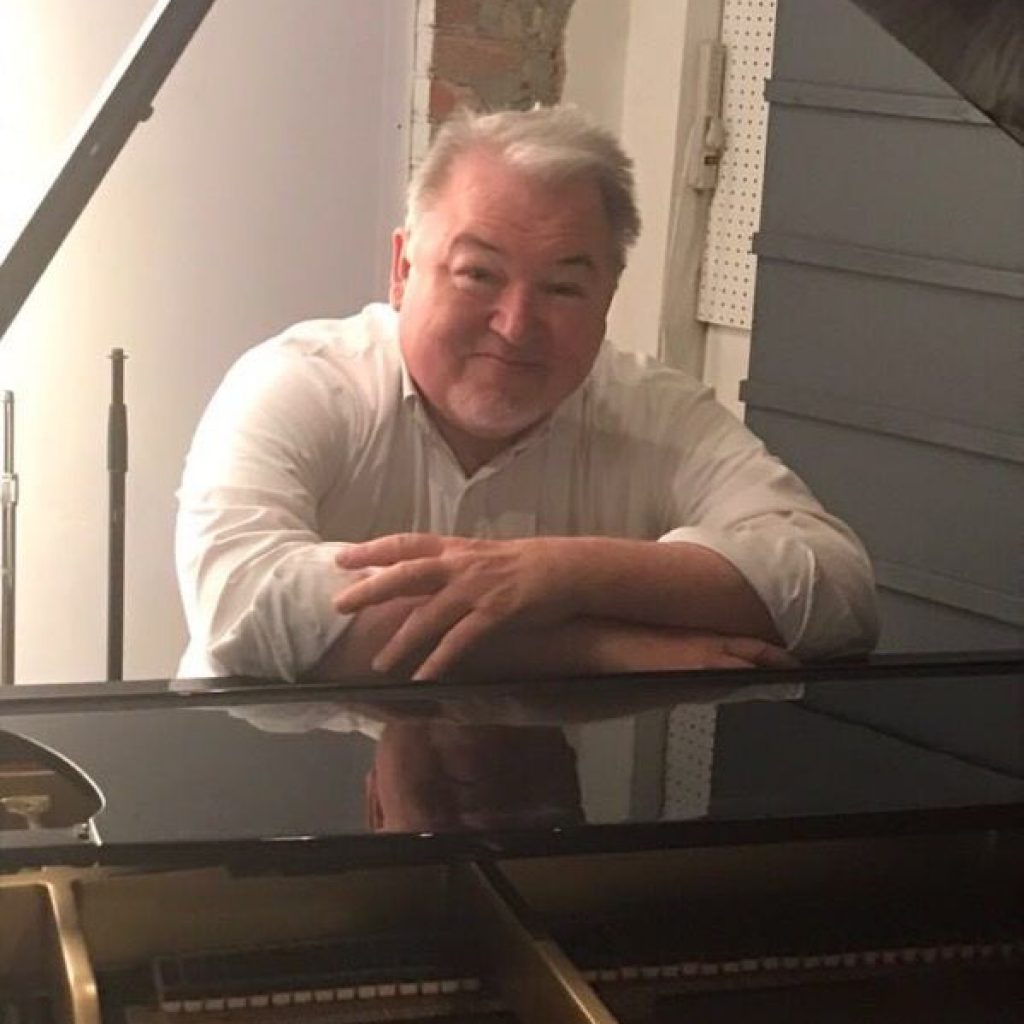Texas. The Lone Star State, where men are men and women take no gruff. We’re tough, sodbuster and don’t you forget it.

Robert Francis
Oh, and we also like podcasts. Yep, much as we like to diss our California cousins, next to the Golden State, we’re second in listening to podcasts. So, while we’re out riding the range, punching cattle and chasing varmints, we’re listening to podcasts. Probably about true crime, if we’re being honest while our spurs go jingle-jangle.
Stitcher, the leading company dedicated to listening to, producing and monetizing podcasts, on June 3 released the “Stitcher Podcasting Report,” a first-of-its-kind look at the evolution and growth of podcasting over the past 10 years, including what Stitcher’s COVID-19 listener data could mean for the industry’s future growth.
• States with the most listening hours:
1. California: 15+ million listening hours while they wait in traffic.
2. Texas: 7+ million listening hours, while we wait in traffic or drive from Abilene to El Paso without seeing a soul.
3. New York: 7+ million listening hours, while they avoid talking to the guy drooling on the subway.
4. Washington: 5+ million listening hours, while they work at Amazon.
5. Illinois: 4+ million listening hours while they think about moving to Texas.
I’ve mentioned before that while I’m assembling the morning AM Newsletter, I’m usually listening to a podcast. Sometimes I’m listening to a City Council meeting, but let’s be honest, I’m more likely listening to a podcast. And true to my Texas roots, it’s likely about true crime. My current favorites are True Crime Garage, It’s Just Banter and Crime Writers On, which began as a program reviewing the great first season of Serial, the Elvis Presley of podcasts. It is basically a podcast about true crime podcasts and TV shows, which is pretty inside baseball bat to the head. My recent fave is something both deadly and local: All Crime No Cattle. It seems very well researched and they often do some local crimes, solved and unsolved. They did a great two-parter on Kenneth Allen McDuff, a local killer that, even though he is dead, can still give me nightmares. His initial crime occurred in Tarrant County and it haunted me as a child. It’s a great listen, but don’t do it before you go to bed. McDuff is the stuff of horror films. Freddy Kruger in the flesh. As the title a takeoff on “All Hat, No Cattle” – suggests, it’s about Texas crime and the couple that do the podcast are local. You can catch them on the Stitcher Podcast app or website or whatever.
The “Stitcher Podcasting Report” represents the industry’s only analysis of in-app data, network content and listener demographics from Stitcher – the top network for share of podcast listening in the U.S., as measured by Edison Research’s Podcast Consumer Tracker, according to their news release.
The report examines the factors that have driven the industry’s growth and the trends shaping it today: Here they are:
- The growth of podcasts is not slowing down: The number of podcasts published to Stitcher has grown more than 129,000% since 2010.
- Some states carry more listening weight: The state of Washington, for example, ranks No. 4 in listening hours, despite being No. 13 in highest population.
- Streaming remains popular: Two-thirds of podcasts are streamed rather than downloaded.
- The rise of the mini-series: Mini-series podcasts grew from four in 2010 to more than 52,000 in 10 years. From “Serial” in 2014 to top shows including “The Dream” and “Chernobyl,” listeners are tuning in to learn about history, legends and behind-the-curtain truths.
- Episodes are trending shorter: The average podcast episode length has shortened by 2.4 minutes since 2013. Unlike baseball games, they are actually getting shorter as they get more popular.
- Gen X is dedicated: Though the 18-34 age group makes up the largest chunk of listeners, the 35-55 age group is more dedicated based on listening hours and the number of shows they’ve added to their favorites.
- Bouncing back amid COVID-19: While listening decreased during weekday commuting hours, the second half of April began to show a return to pre-pandemic levels of listening patterns.
“Like Stitcher, podcast listening has been growing strong for over a decade now, and we wanted to take a moment and reflect on the diversity of tastes and consumption habits that have driven that growth,” said Stitcher CEO Erik Diehn. “The data we found reinforce our belief that the unique, intimate appeal of podcasting makes its fans the most loyal and passionate of any medium.”
As the industry continues to adapt to changes in consumer behavior during the coronavirus pandemic, the report includes an analysis of COVID-19-related listening patterns.
“The podcast industry has shown its resiliency and ability to be nimble as hosts made a swift transition from recording studios to home, keeping a steady cadence of new episodes,” said Diehn. “And even as day-to-day life has been transformed, people continue to turn to trusted and beloved shows and hosts to be informed and uplifted.”
The report also includes data from the Stitcher app and Stitcher’s PodSurvey, the industry’s largest ongoing survey of podcast listeners, unveiling the top shows and genres, listener demographics, regional distinctions and more.
Other key findings include:
Content: Today, top shows such as “This American Life” and “The Daily” continue to attract listeners and advertisers from the coasts to middle America. As the industry has evolved, more content has emerged for listeners of all ages, backgrounds and interests.
- Unlimited options: Nearly 7 million episodes were published to Stitcher in 2019 alone.
- Crime is king: True crime podcasts lead in total listening and binge-listening hours in 2019, followed by comedy podcasts and then news and politics.
- Oldies but goodies grow: When ranked by number of listeners, 17 shows that were in the top 100 in 2010 were still in the top 100 in 2019. Listeners are loyal.
Listening Behavior: Listening hours are on the rise as users integrate podcasts into weekday routines. The biggest spike in listening hours started in 2017 as bigger publishers and celebrities from other media jumped on board. Nearly 60% of listening hours are driven by 10% of dedicated “power listeners.”
- Weekday engagement: Peak listening periods are Monday to Thursday during commuting hours.
- Loyal veterans and browsing newbies: New listeners are more likely to “graze” different shows, while long-time listeners have established show and genre preferences.
- Binging isn’t just for TV: In the last two years, the number of hours binged has more than tripled, and the number of binging listeners has doubled.
The Stitcher Listener: The amount of listening time and type of content varies by state, but there is not a leading region. Stitcher listener data points to how listening habits and genre preferences differ by state.
1Hometown history – Shows that dive into local crimes are popular in these states:
- Rhode Island: “Crimetown”
- New Hampshire: “Bear Brook”
- Kentucky: “Bardstown”
- Mississippi: “Culpable”






